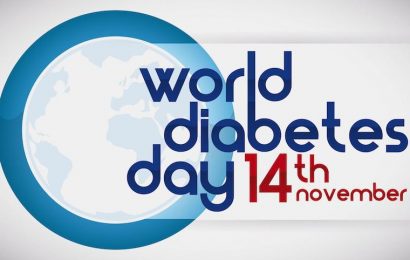A few years ago, in one of our very first Diabetes Flashpoints posts (“A Tax to Fight Obesity?“), we featured a YouTube video showing the late Richard F. Daines, MD — who was then New York State’s Commissioner of Health — promoting then-Governor David Paterson’s plan to impose an 18% tax on sugary beverages. In the video (which is no longer available), Daines shows the amount of soda the average American drinks each day, as well as the amount of milk, then shows how different the amounts were several decades ago. Not surprisingly, milk consumption has fallen while soda consumption has risen quite dramatically. Many health experts believe that increased soda consumption has significantly contributed to the obesity epidemic.
But despite the tacit endorsement it might get from health commissioners, milk is not necessarily a risk-free beverage. A study published late last month by the journal BMJ suggests that despite its innocent reputation, drinking milk with every meal may increase a person’s risk of several diseases and death. As noted in a HealthDay article on the study, milk’s potential benefits are well known, including stronger bones and a lower risk of osteoporosis due to its calcium content. But the new study — which looked at more than 100,000 Swedish men and women older than 39 years old — found that women who drank three glasses or more of milk each day were 44% more likely to develop cancer than those who drank less than one glass each day. Women who drank three or more glasses daily were also almost twice as likely to develop cardiovascular disease, or to die of any cause, than women who drank less than one glass daily.
Men seemed less susceptible than women to negative health effects from milk. By drinking three or more glasses daily, men were about 10% more likely to die than if they drank less than one glass daily. Contrary to its bone-strengthening reputation, drinking too much milk was associated with a higher fracture risk in women: Three or more glasses led to an overall fracture risk 16% higher, and a hip-fracture risk 60% higher, than in women who drank less than a glass daily. The researchers speculated that the sugars found in milk — namely lactose and galactose — were most likely responsible for the ill health effects found in the study. The study also found that a high intake of fermented milk products, such as yogurt and cheese — which have far less lactose than milk — was associated with a reduced risk of bone fracture and death.
So what should you drink, if not sugary soda or milk? One option, of course, is diet soda. But as bloggers here at DiabetesSelfManagement.com have noted, drinking diet beverages has been associated with weight gain and higher blood glucose levels, and artificial sweeteners have raised other health concerns, as well. And alcoholic beverages carry their own risks in people with diabetes, including elevated blood triglyceride levels in many people.
What’s your beverage of choice on a daily basis? Do you take health concerns into account when deciding what to drink when you’re thirsty, or do you simply go for whatever seems most refreshing and delicious? Have you noticed any changes in your health after subtracting — or adding — regular soda, diet soda, milk, or alcoholic beverages? Are water, coffee, and tea the only “safe” beverages for people with diabetes? Leave a comment below!




